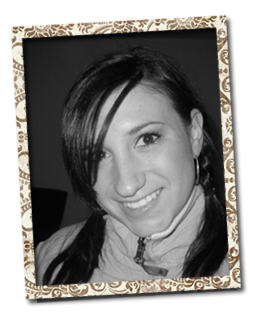When we last left off, the First Continental Congress had convened in Philadelphia's Carpenters' Hall in 1774. On the one hand, they had prepared entreaties to the King of England to reduce tensions, while at the same time planned a second meeting the following May should it be needed. In the ensuing period, there was no response from the King, while war was breaking out at the battles of Lexington and Concord in early 1775.
With that backdrop, the Second Continental Congress re-convened in Philadelphia on May 10, 1775. It first met again in Carpenters' Hall, but soon moved to the Pennsylvania state house. What we now call Independence Hall, and nearby structures, were originally built to serve as Philadelphia city hall and home to the state of Pennsylvania. The Congress, led by John Hancock, lacked true authority to govern but collectively began to take responsibility for the war and other matters.
On May 10, 1776, they agreed to pass a resolution of independence from England, and the drafting of the Declaration of Independence was underway. Several drafts were reviewed and edited by the Congress, and as we all know, was passed by them on July 4. In this place they also started drafting the first constitution, called the Articles of Confederation. The fact that all this took place at this site made our time there something really special.



Barb in front of Independence Hall (top). The wings left (Congress House) and right (city hall) had other historic uses that will be described in later editions.


Plaques commemorating the Pennsylvania state house and Independence Hall.

This is the main assembly room in the hall, where the Continental Congress met. A few of the pieces were original, but much of it had to be recreated with period pieces.

Original chair at the head table.

Original inkwell used for signing the declaration.


Other views, including the statue of George Washington in front.

Independence Hall at night time.
George Washington, known as the father of our country, was not involved with the Second Continental Congress, the Declaration of Independence, or the governing of the confederation. He had been named Commander-in-Chief and was out leading the militias in the Revolutionary War. The Congress continued to meet in Philadelphia until September, 1777, when advancing British forces drove them out and occupied the city. This is an important segue to the next post: Valley Forge.
























No comments:
Post a Comment